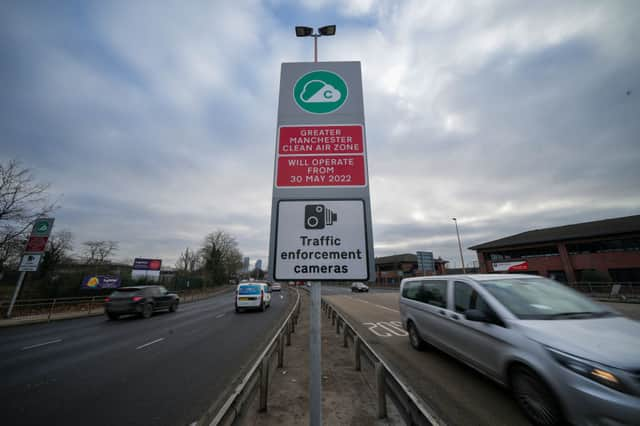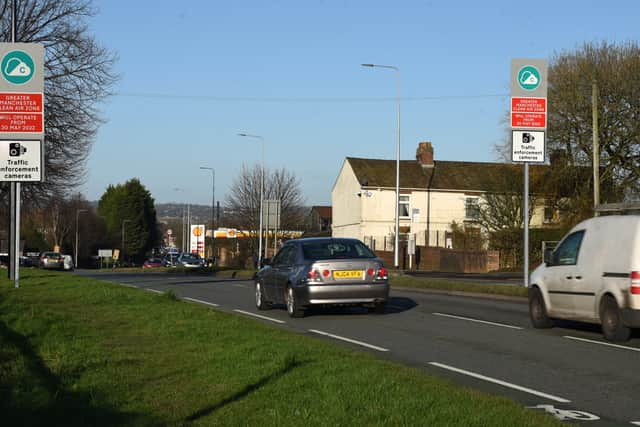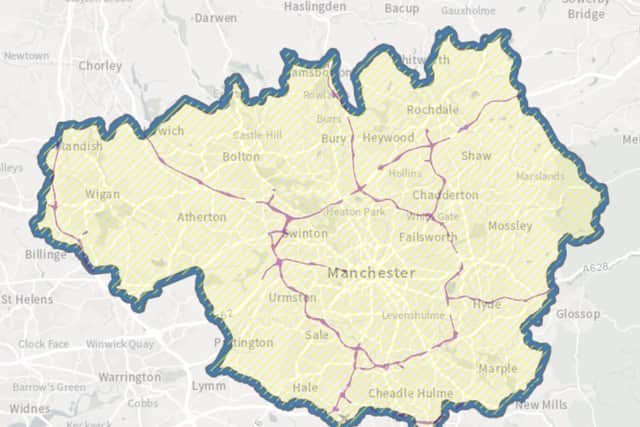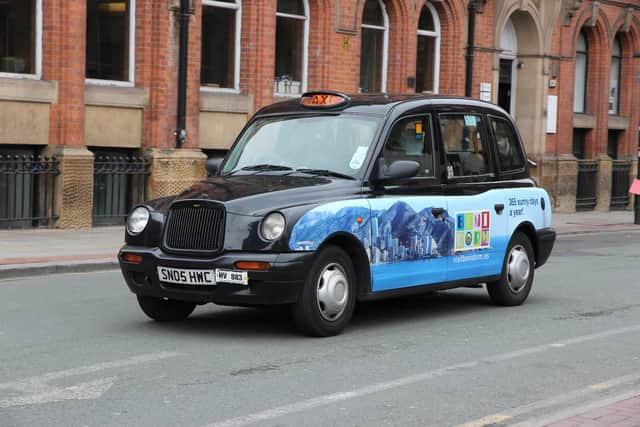Greater Manchester Clean Air Zone: map of proposed CAZ, what Andy Burnham said on charges, and 2022 start date


Plans to charge drivers for entering a clean air zone in Greater Manchester are to be scrapped, according to mayor Andy Burnham.
Mr Burnham said the city-region would instead launch a non-charging zone along with incentives to encourage drivers of older and more polluting vehicles to switch to cleaner models.
Advertisement
Hide AdAdvertisement
Hide AdHe said that local authorities would enter a negotiation with the Government over the proposals but that charging drivers was a “red line” for the Greater Manchester Combined Authority (GMCA).
The region was due to launch a charging clean air zone across 10 boroughs in May 2022 but the plans were put on hold in February after serious concerns were raised by businesses struggling to switch to vehicles exempt from the charges.


Companies raised problems with both the affordability and availability of low-emissions vehicles as many manufacturers struggle to meet demand.
As a result, the GMCA and central Government agreed to “pause” the scheme until 2026.
Advertisement
Hide AdAdvertisement
Hide AdHowever, now Mr Burnham has said he doesn’t believe charging any drivers will be necessary.
He told a press conference that the strict plans had been mandated by the Government and that the previous proposals would not work in a post-pandemic environment.


He said: “We were required to act within a very strict framework.
“A plan agreed pre-pandemic was not going to work in the post-pandemic time.
Advertisement
Hide AdAdvertisement
Hide Ad“We’ve negotiated the position that allows for a non-charging zone.
“The red line is, we will not accept a charging clean-air zone in Greater Manchester.
“And if that is what the Government wants, it will have to impose it.”
The original plan for the Greater Manchester Clean Air Zone would have seen non-compliant buses and lorries charged £60 a day to use the region’s roads, while vans and minibuses would have been charged £10 a day and taxi drivers hit with a £7.50 a day charge.
Advertisement
Hide AdAdvertisement
Hide AdFailure to pay the charge would lead to a fine of £120, reduced to £60 for prompt payment.
Private car drivers would not be affected by the Category C zone.


Greater Manchester had secured £120 million of funding to help operators switch to compliant vehicles or have existing vehicles modified to cut their emissions levels and Mr Burnham said this approach could mean charging drivers wasn’t necessary.
He said: "We want a non-charging, Category B, Clean Air Zone, help the owners of those vehicles to change those vehicles, don’t hit them with charges.
Advertisement
Hide AdAdvertisement
Hide Ad"Just put the investment in, the incentives to change so that we can clean up the air without threatening jobs or businesses.
"That can be a grant, it can be a loan, it can be help to retrofit that vehicle, so it doesn’t mean you have to buy a new vehicle.
"It’s a range of options and it’s about supporting the owners of those vehicles to get the option that’s right for them."
Councillor Andrew Western, lead for clean air in the region said that the proposals, which would still use the scheme’s cameras to identify non-compliant vehicles, could require further government funding.
Comment Guidelines
National World encourages reader discussion on our stories. User feedback, insights and back-and-forth exchanges add a rich layer of context to reporting. Please review our Community Guidelines before commenting.
